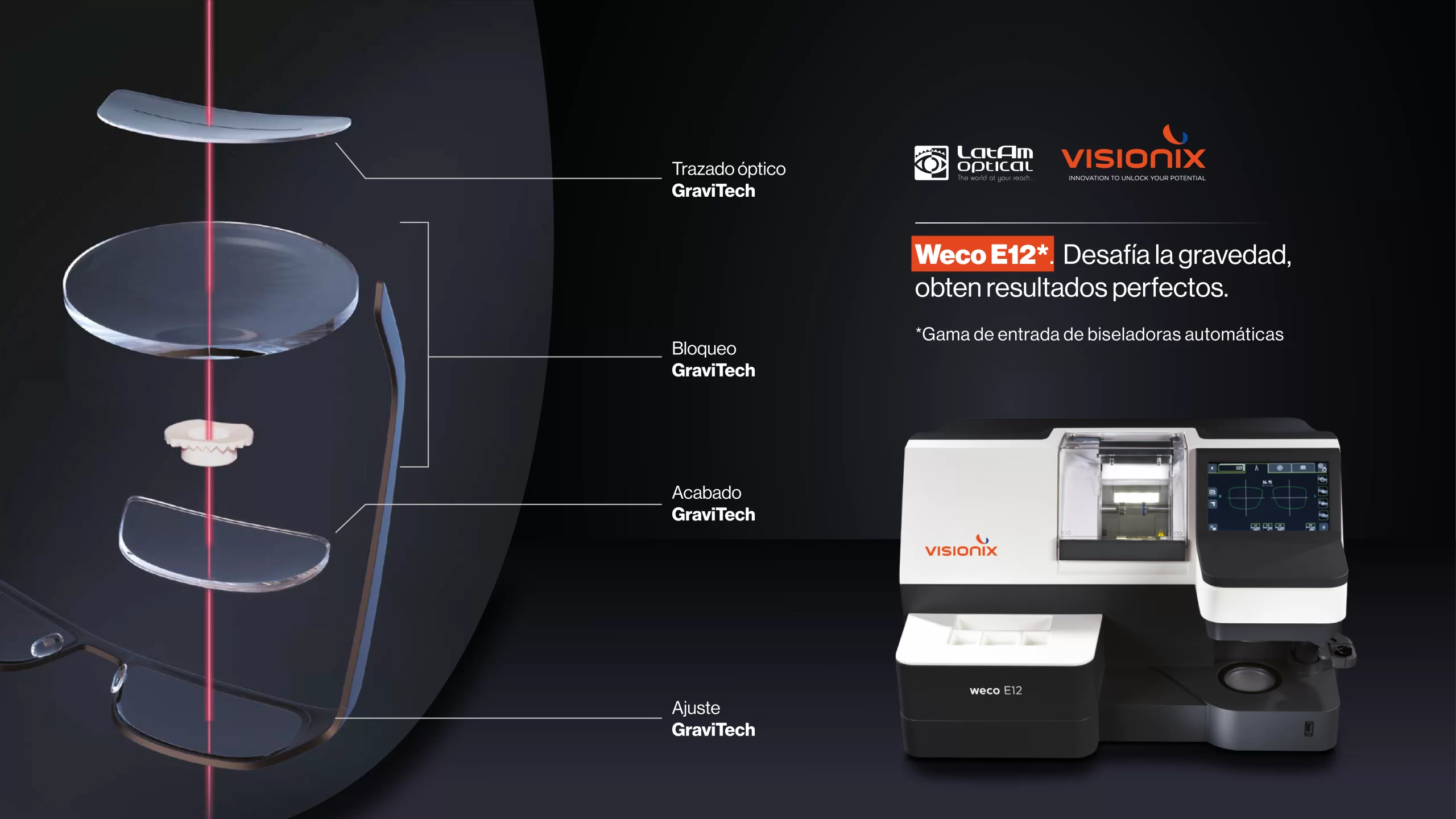One Step Beyond In Prevention And Protection Of Patient’s Eyes
Our eye system faces several challenges these days: changes in eating habits, reduction in sleeping hours, usage of digital devices, new ambient lighting technologies and even the increase in population life expectancy, among others factors, make our eyes to work harder than ever.
Over the past 3 to 5 years the optical industry worked intensively on awareness campaigns about the harmful effects of ultraviolet radiation and blue-violet light, the most harmful/energetic area of High Energy Visible (HEV) spectrum, by showing how these factors damage the eye and even more, explaining how these effects are irreversible and cumulative throughout life.
Together with the massive appearance of digital devices, today our visual system is more exposed than ever due to the abrupt change from incandescent to white lighting.
In this context the industry gave rise, around 2013, to the first blue-violet reduction lens with blue-residual Hard Multi Coatings that, reduced the entrance of this kind of radiation by reflection without affecting the perception of color.
Shortly after, new blue-violet reduction lens technologies emerged. They managed to cut violet-blue emissions up to 90% of 420nm. through the lens mass or material. That is the case of lenses with Majestic Blue Light Cut technology which offers guaranteed complete protection against UV and HEV radiations.
BUT… WHAT ABOUT INFRARED RADIATION?
Infrared radiation (IR) is the portion of the electromagnetic spectrum that extends from the long wavelength (red) end of the visible-light range to the microwave range. It is invisible to the eye and it is detected as a sensation of warmth on the skin.
The dermatological industry started years ago, offering products with IR filtering properties in premium sun lotions and creams.
The Infrared range in the electromagnetic spectrum is usually divided into three regions, each region impacting the ocular structures differently:
- near infrared (nearest the visible spectrum), (780 to 1400nm.) Retinal pigment epithelium, iris, and lens
- middle infrared (1400 to 3000nm.) Corneal and lens epithelium
- and far infrared (3000 to 10000nm.). Corneal epithelium
Up until now, industrial activities like glass or steel manufacturing among others, are well known to have their workforce exposed to IR so they must use green-colored sercurity googles.
However, the optical industry did not address this issue deeply. Today, IR is no longer considered an exclusive risk factor for industrial activities. Currently, IR must be addressed by the optical industry as an issue to consider seriously, in terms of prevention and care of everyone’s visual system.
It should be borne in mind that most of the sunglasses currently available on the optical shops DO NOT FILTER Infrared Radiation, whether they are the cheapest or the most prestigious and expensive sunglasses.
That is why it is important to consider Majestic Antiage, a clear lens which filters more than 58% of near IR. Even more, the same technology is available in polarized lenses.
Today, Majestic Antiage guarantees the best end-to-end protection from the spectrum, being the 1st technology that protect our eyes against all harmful radiations: UV, HEV and IR in a clear or a sunglass lens.




